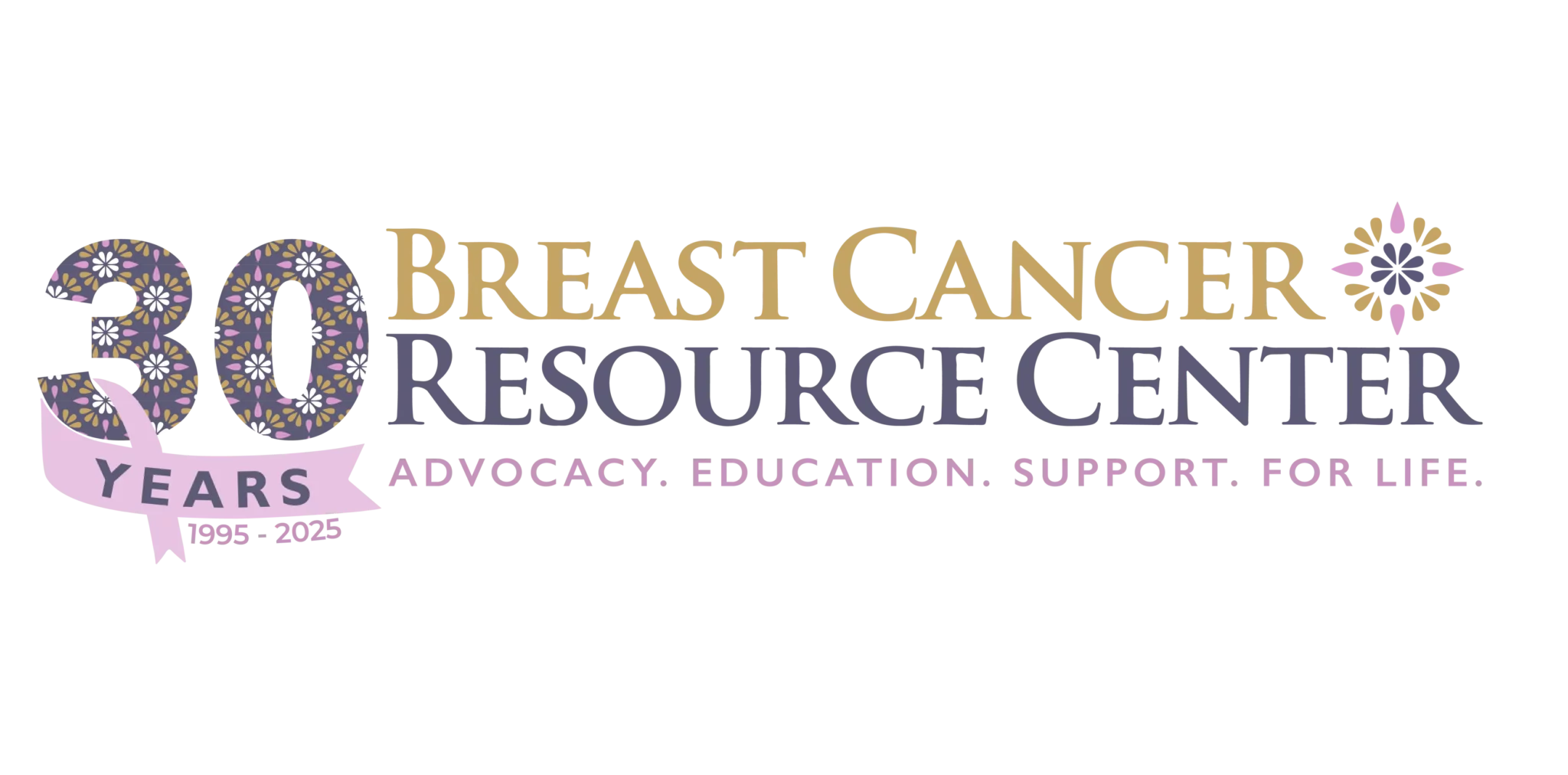 In November the Breast Cancer Resource Center held a virtual event featuring Michael Vitez, Pulitzer Prize Winning Journalist, on narrative medicine. The event was generously sponsored by Texas Oncology and Lilly Oncology.
In November the Breast Cancer Resource Center held a virtual event featuring Michael Vitez, Pulitzer Prize Winning Journalist, on narrative medicine. The event was generously sponsored by Texas Oncology and Lilly Oncology.
Coping with breast cancer is tough. There are many tools we can draw from to manage our fears, stress, and anxiety. Some of those tools include exercise, counseling, laughter, medications, and channeling efforts into creative outlets. Narrative medicine may be one way to manage the fear, stress, and anxiety breast cancer can cause in a positive and creative way.
Though some coping mechanisms are healthier than others, how you cope can strongly influence your quality of life . Even patients with the best possible outcomes can anchor themselves in fear and anxiety, severely diminishing their happiness, comfort, and wellbeing. In contrast, those who can process their fear and anxiety are able to live full lives, even if they are in more advanced stages of breast cancer. Narrative medicine can help you process your feelings to improve your quality of life and ultimately live a fuller and happier life.
What is Narrative Medicine?
Humans naturally communicate using narratives — it’s how our brains are wired . Not only do we get information from what is being said, but also from how it’s said . For example:
Think of a time your friend told you about a new opportunity in their life. You knew they
were excited not just because they told you that they were, but also because of the tone
of their voice and their body language, such as sweeping hand gestures.
Narrative medicine focuses on stories of illness and has been used in medicine since the invention of medicine itself. The patient tells the doctor their narrative, describing their symptoms and how they are feeling, so the doctor can ultimately take care of them.
How Can Breast Cancer Patients use Narrative Medicine?
We held a narrative medicine workshop led by Michael Vitez , a Pulitzer Prize-winning journalist turned narrative medicine aficionado. Now the director of narrative medicine at Temple University, Vitez leads narrative medicine workshops around the country with a goal to use stories to heal, inspire, and build community; to uplift others with compassion, courage, hope, and pride.
Narrative medicine workshops consist of four steps:
- Read a text
- Discuss the text
- Write to a prompt in the style of the text
- Share
Here’s how we ran our narrative medicine workshop:
We started by having each participant introduce themselves to establish a sense of community and psychological safety . Everyone was valued and felt comfortable sharing their deepest thoughts.
1) Read a poem or short story
Introductions were followed by the reading and discussion of the short story “Girl” by Jamaica Kincaid , which features a list of instructions written as disjointed sentences. The piece resembled a stream of consciousness with no punctuation.
2) Discuss the poem or short story
The focus is not to find answers in the text, but to be immersed in the perspective of the person in “Girl.” To step into her shoes and think, feel, and relate to her and the challenges she’s facing based on how the story was constructed. We paid attention to the words that were written as well as the order and style in which they were composed. This is important because what one person picks up on might differ from what others find important or interesting, due to different perspectives and life experiences. This also primed us to step into the other participants’ shoes when we later wrote and then shared our stories.
3) Write to a prompt in the style of the poem or short story
We were then prompted to write instructions in the style of “Girl” for 7 minutes about dealing with having metastatic breast cancer with complete abandon, honesty, and discovery. Writing in the style helps us look at our life from a different viewpoint and uncover what the text has awakened within us. It is a great gateway into journaling if it’s too overwhelming to write. It serves as a way for us to access life experiences in a format for writing; you never know what will come out until you put your pen to the paper.
4) Share
Sharing what we write can be an intimate act; it not only helps us get something off of our chest, but also creates a connection with others who may be feeling the same way. It’s also an opportunity to hear other voices and to learn about one another in a way that you wouldn’t normally. Furthermore, immersing yourself in each other’s stories improves your ability to listen, see the world in stories, and helps you become more present and in the moment.
What now?
If you’d like to practice narrative medicine yourself, Columbia University is holding virtual Zoom group sessions, which can be found here . If you already have a group you’d like to practice narrative medicine with, the University of Wisconsin-Madison has compiled texts and their corresponding prompts, which can be found here.
Blog written by Sanica Mehta
If you or someone you know is facing breast cancer, BCRC is here to help. Please visit our website or call our helpline at 512-524-2560.


